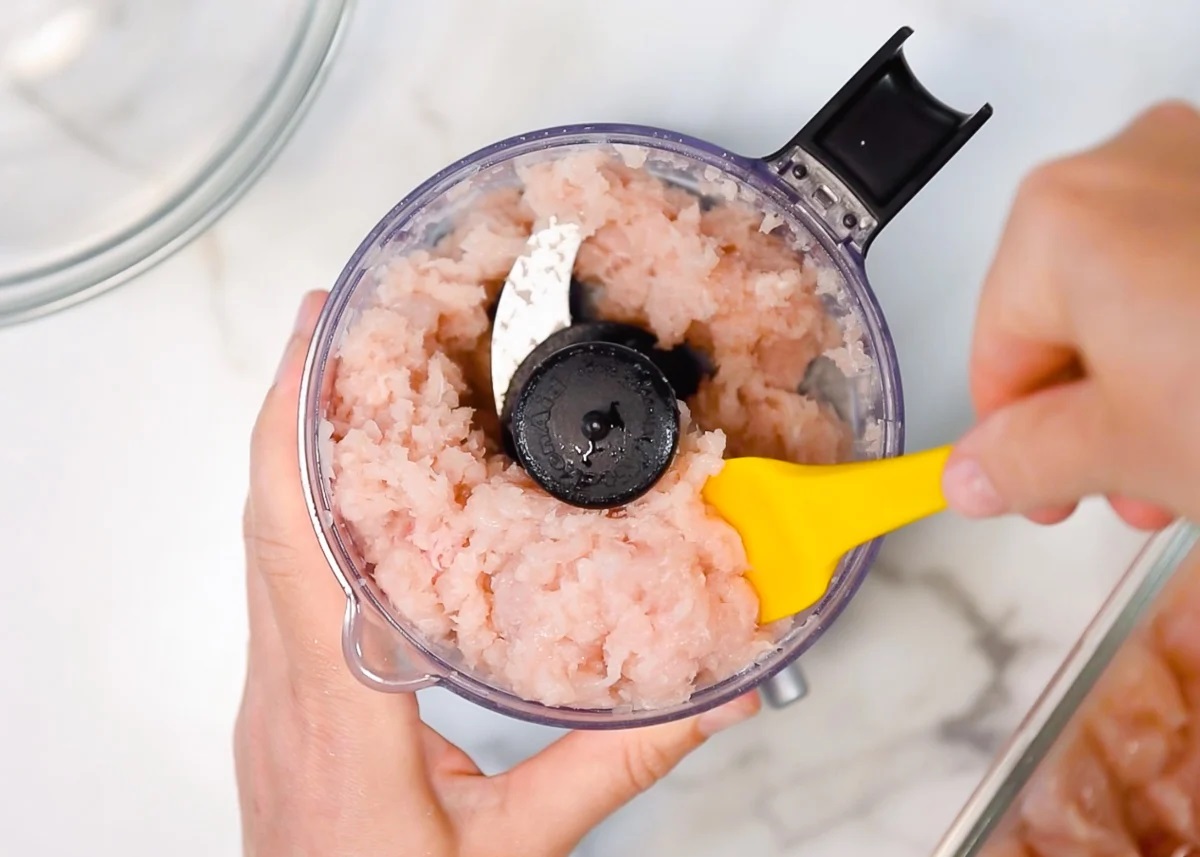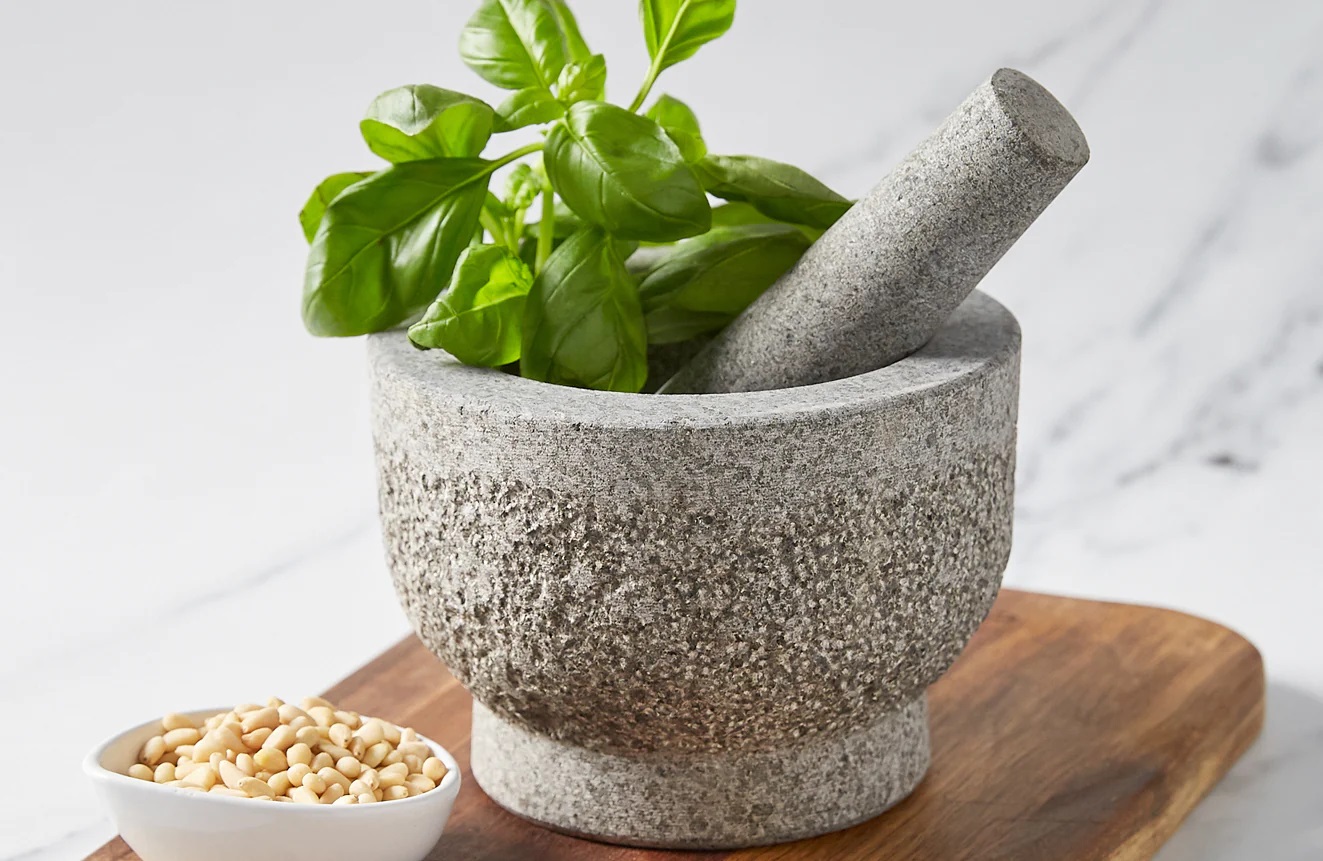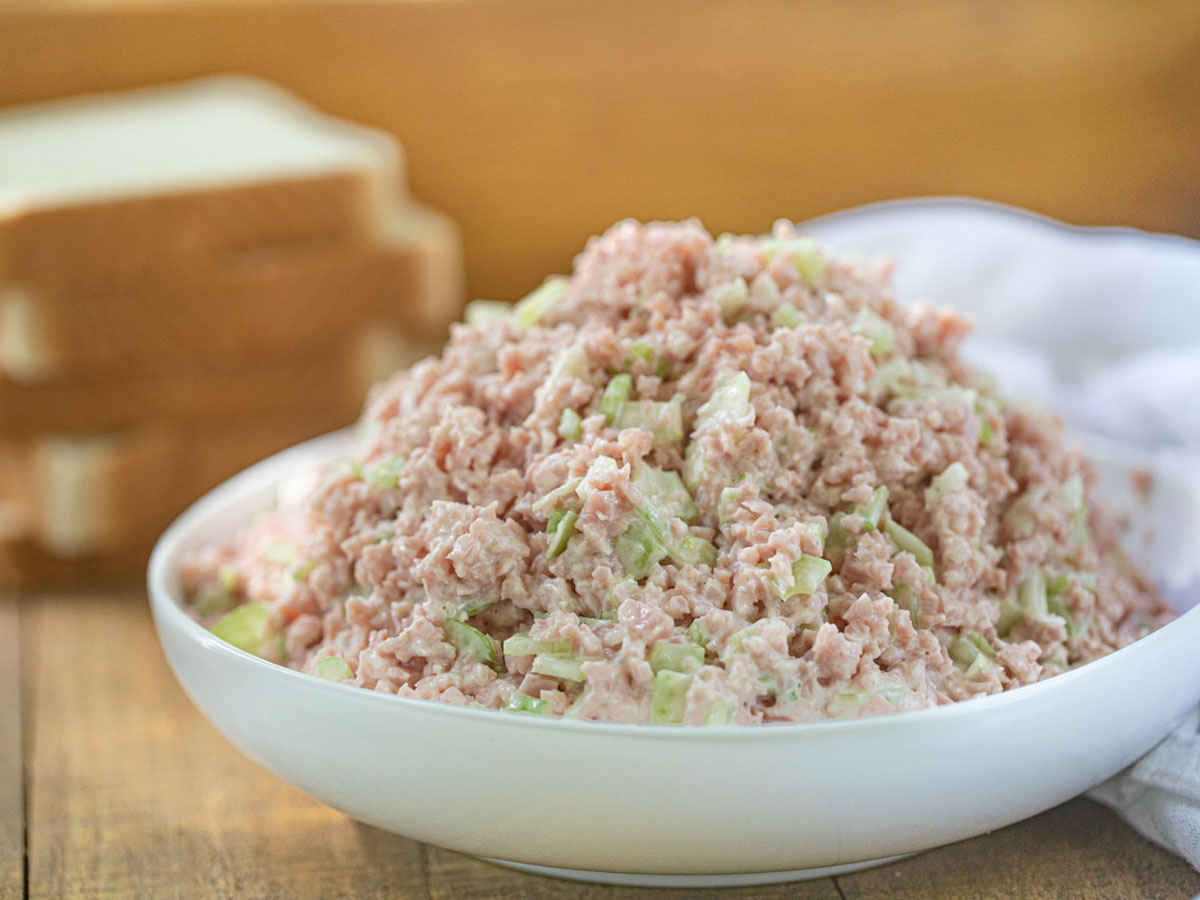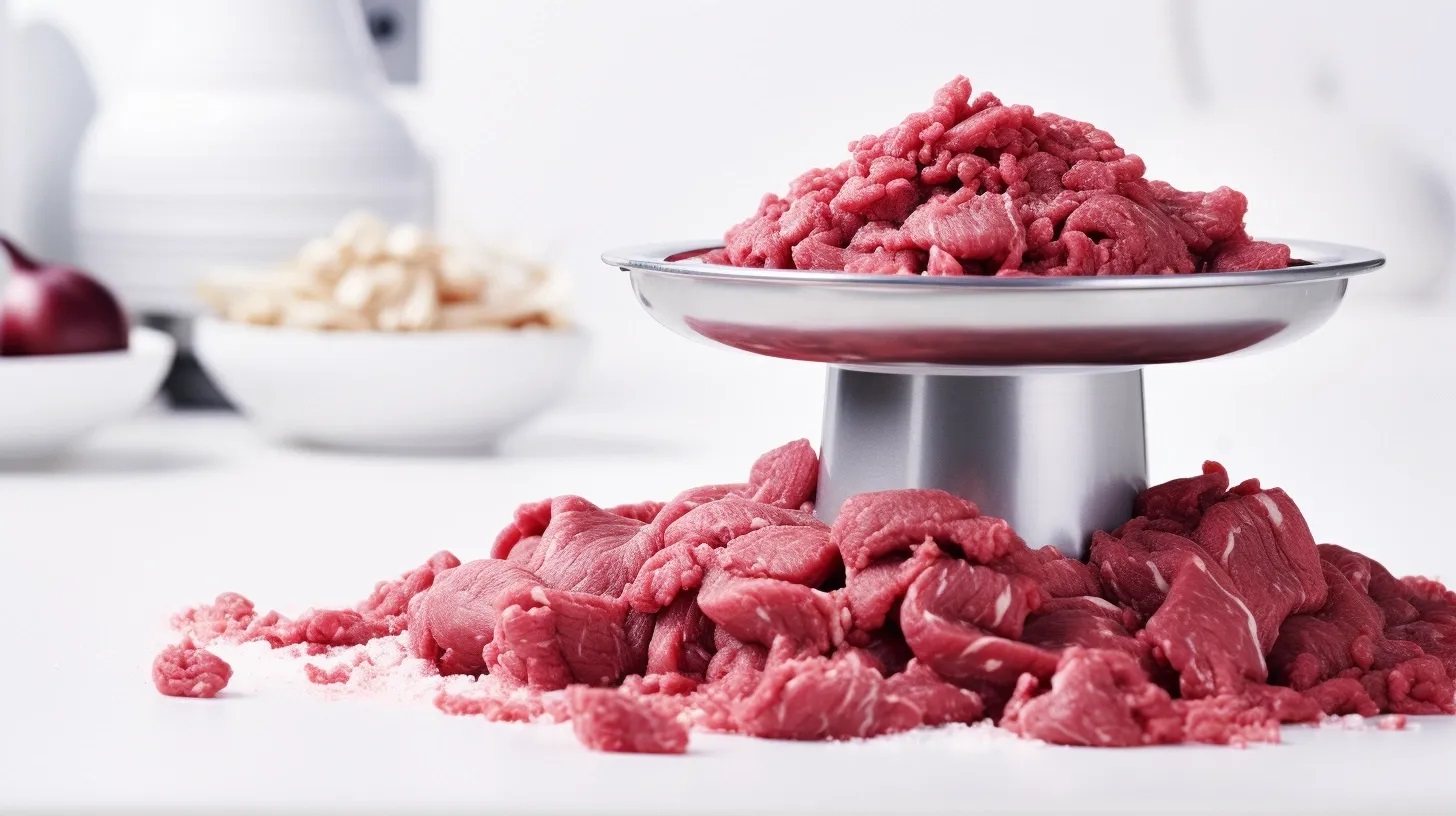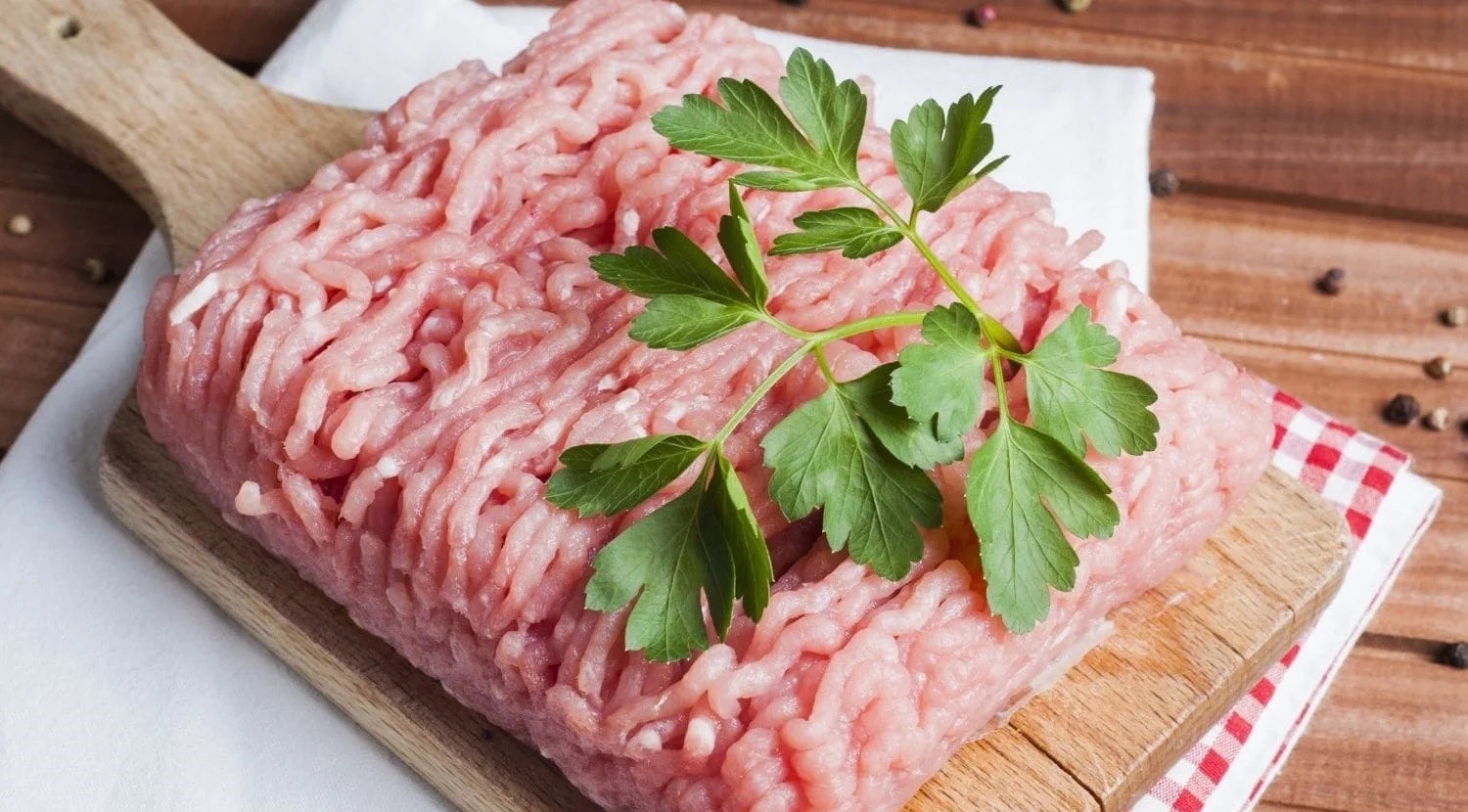Grinding Meat at Home Without a Meat Grinder
Grinding your own meat at home can be a rewarding and cost-effective way to ensure the quality and freshness of the meat you consume. While a meat grinder is a convenient tool for this task, not everyone has one readily available. The good news is that you can still achieve the same results using alternative methods. Here’s how to grind meat at home without a meat grinder:
Method 1: Using a Food Processor
If you have a food processor in your kitchen, you’re in luck. A food processor can be a great substitute for a meat grinder. Here’s how to use it:
- Cut the meat into small, uniform pieces, about 1-inch cubes. This will make it easier for the food processor to grind the meat evenly.
- Place the meat cubes in the food processor, making sure not to overcrowd it. You may need to work in batches depending on the size of your food processor.
- Pulse the food processor in short bursts, rather than running it continuously. This will help ensure that the meat is ground evenly without turning into a paste.
- Check the consistency of the ground meat after each pulse. Stop pulsing once the meat reaches the desired texture.
Method 2: Using a Sharp Knife
If you don’t have a food processor, you can still grind meat at home using a sharp knife. While this method may take a bit more time and effort, it can be just as effective. Here’s how to do it:
- Cut the meat into small pieces, similar to the size of ground meat you would typically buy from the store.
- Arrange the meat pieces on a cutting board and use a sharp knife to finely chop and mince the meat. You can use a rocking motion with the knife to achieve a consistent texture.
- Continue chopping and mincing the meat until it reaches the desired fineness. This method may require more patience and precision, but it can yield excellent results.
Tips for Grinding Meat at Home
Regardless of the method you choose, there are a few tips to keep in mind when grinding meat at home:
- Choose the right cuts: For best results, use cuts of meat with a good balance of lean meat and fat, such as chuck or sirloin.
- Keep the meat cold: It’s important to keep the meat as cold as possible throughout the grinding process to prevent it from becoming too soft or mushy.
- Work in small batches: Whether using a food processor or a knife, working in small batches will help ensure that the meat is ground evenly and consistently.
- Clean and sanitize equipment: After grinding the meat, be sure to clean and sanitize any equipment and surfaces that came into contact with the raw meat to prevent cross-contamination.
Grinding meat at home without a meat grinder may require a bit of extra effort, but the end result is well worth it. Not only can you customize the texture and flavor of the meat to your liking, but you can also have the peace of mind knowing exactly what goes into your ground meat. So, whether you opt for a food processor or a trusty knife, don’t be afraid to give it a try and take your culinary skills to the next level!
